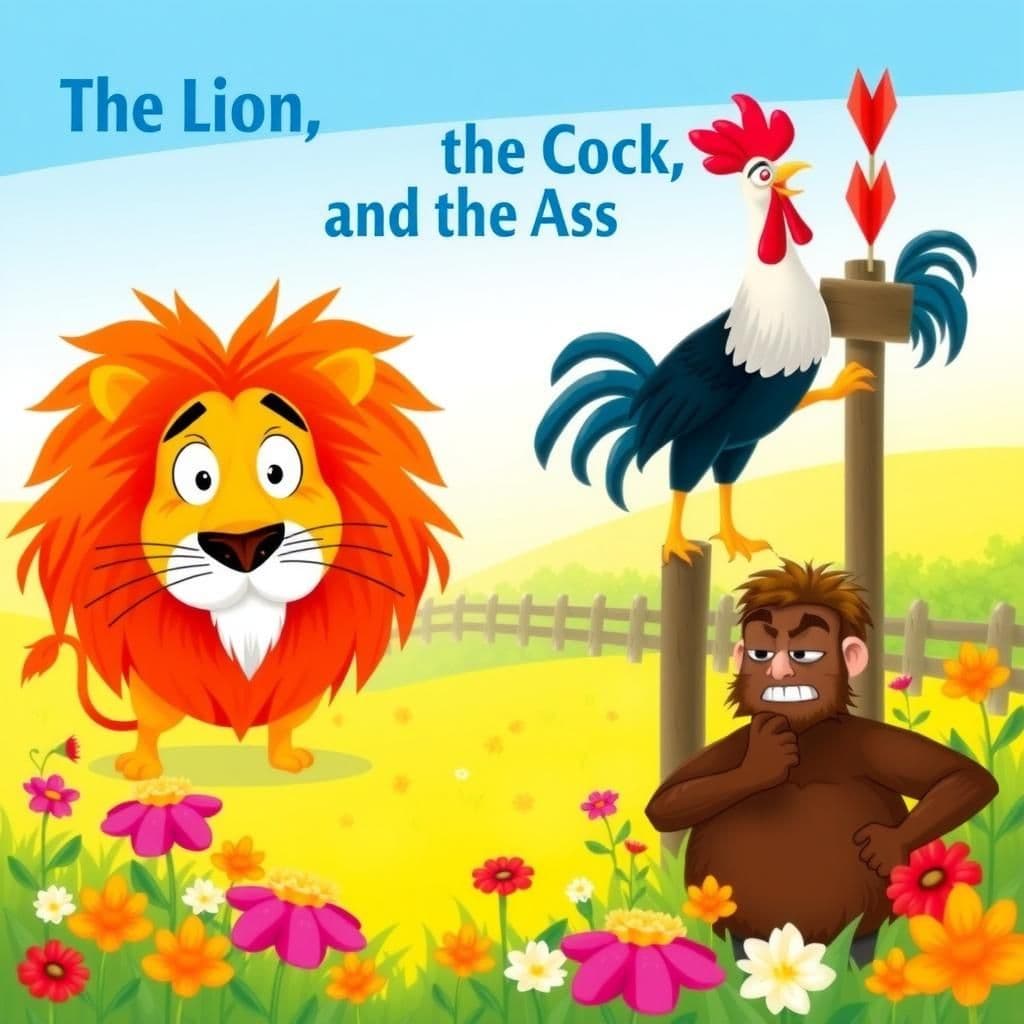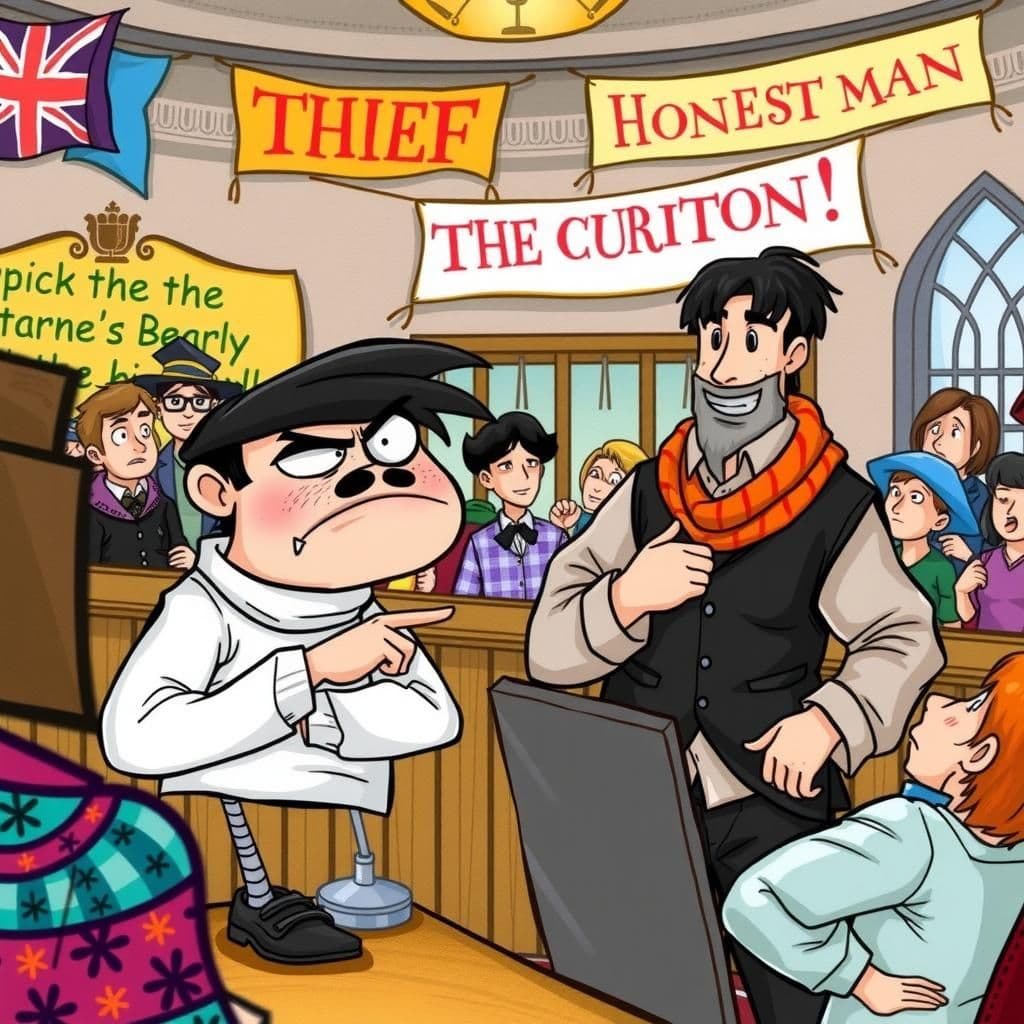The Cat and the Cock

Story Summary
In "The Cat and the Cock," a Cat captures a Cock and seeks a justification for eating him, accusing the Cock of disturbing men with his nighttime crowing. Despite the Cock's defense that his crowing helps men wake for their labors, the Cat dismisses his pleas, illustrating a big moral story about the disregard of reason in the face of predation. This short story with moral highlights the consequences of selfishness and the importance of understanding intentions in life-changing stories.
Click to reveal the moral of the story
The moral of the story is that clever excuses cannot save one from the predatory intentions of the powerful.
Historical Context
This fable, likely attributed to Aesop, reflects themes of power dynamics and deception found in many ancient tales. Originating from a tradition of oral storytelling in ancient Greece, it has been retold across cultures, emphasizing moral lessons about the cunning of the strong over the weak. This particular fable illustrates the idea that those in power may manipulate reasoning to justify their actions, a common motif in folklore that serves to critique social hierarchies and the nature of justice.
Our Editors Opinion
This fable highlights how the powerful often manipulate situations to justify their actions, a lesson relevant in today's world where those in authority may twist narratives to serve their interests. For instance, in the workplace, a manager might unfairly criticize an employee's performance to rationalize a layoff, despite the employee's hard work and contributions, reminding us to be aware of the motives behind criticisms and to stand up for ourselves justly.
You May Also Like

The Lion, the Cock, and the Ass
In "The Lion, the Cock, and the Ass," a Lion is startled away from attacking an Ass by the proud crowing of a Cock, who claims his voice instills fear in the mighty beast. The Ass, however, humorously questions the Lion's peculiar fear of the Cock while disregarding the braying of the Ass, highlighting the thought-provoking moral that true strength lies not in appearances but in the wisdom to discern simple lessons from stories. This timeless tale serves as one of many moral stories for kids, encouraging them to reflect on the nature of fear and bravado.

The Thief and the Honest Man
In the wisdom-packed moral story "The Thief and the Honest Man," a thief sues his accomplices for his share of stolen goods from an Honest Man, who cleverly evades the trial by claiming he is merely an agent for other honest individuals. When served with a subpoena, the Honest Man amusingly distracts himself by pretending to pick his own pockets, illustrating the lessons learned from stories about accountability and cleverness in the face of adversity. This short story with a moral leaves readers pondering the complexities of honesty and complicity in wrongdoing.

The Hunter and the Horseman
In this humorous story with a moral, a hunter captures a hare only to be tricked by a horseman who pretends to buy it but instead steals it and rides away. Despite the hunter's futile chase, he ultimately resigns himself to the situation and sarcastically offers the hare as a gift, highlighting the absurdity of the encounter. This very short moral story illustrates the importance of accepting one's losses with a sense of humor.
Related Collections
Other names for this story
Feline Feast, The Cock's Defense, Nighttime Nuisance, The Cat's Dilemma, Rooster Ruckus, Suppertime Showdown, Claw and Cluck, The Purrfect Excuse
Did You Know?
This fable highlights the theme of deceit and survival, illustrating how those in power often manipulate the truth to justify their actions, regardless of the moral implications. It serves as a cautionary tale about the dangers of being at the mercy of a predator who twists reason to suit their own desires.
Subscribe to Daily Stories
Get a new moral story in your inbox every day.